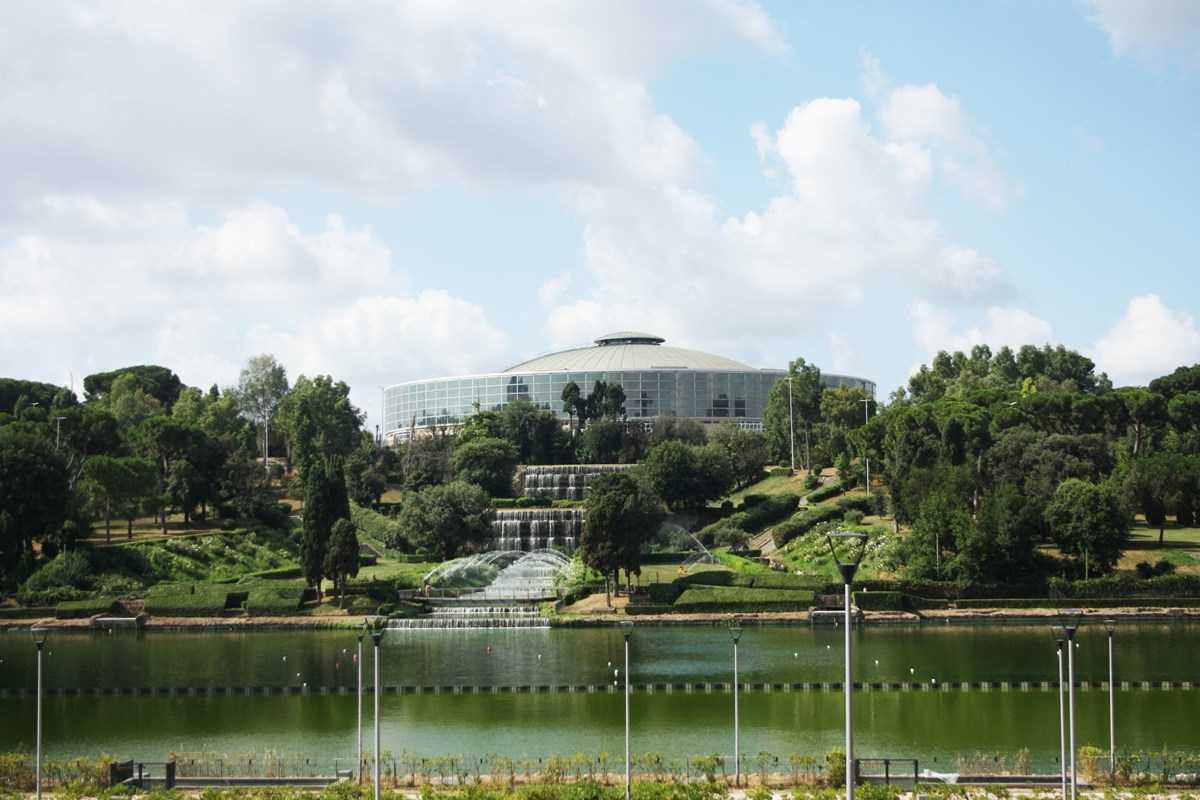Discovering the Architecture of the EUR District
The EUR District in Rome is a fascinating area that offers a unique blend of historical and modern architecture. Originally conceived in the 1930s as a showcase for Fascist architecture, the district has evolved into a vibrant business and residential area. For those interested in architecture, the EUR District provides a rich tapestry of styles and structures that reflect Italy’s complex history and its forward-looking aspirations.
Historical Context and Fascist Architecture
The EUR District, or Esposizione Universale Roma, was initially planned for the 1942 World’s Fair, which was ultimately canceled due to World War II. The district was intended to celebrate 20 years of Fascism under Mussolini, and its architecture reflects the regime’s ideals. The buildings are characterized by their monumental scale, symmetry, and use of classical elements, all designed to convey power and authority. Key structures from this era include the Palazzo della Civiltà Italiana, often referred to as the “Square Colosseum,” and the Palazzo dei Congressi. These buildings are prime examples of Rationalist architecture, a style that emphasizes simplicity and functionality while drawing inspiration from ancient Roman architecture.
Modern Developments and Urban Planning
In the post-war period, the EUR District underwent significant development, transforming into a hub for business and government offices. This shift brought a wave of modernist architecture to the area, blending seamlessly with the existing Fascist structures. The district’s urban planning is notable for its wide boulevards, green spaces, and integration of public art. Noteworthy modern additions include the Palazzo dello Sport, designed by Pier Luigi Nervi, and the Nuvola, a convention center designed by Massimiliano Fuksas. These structures highlight the district’s ongoing evolution and its role as a center for innovation and design.
Exploring the EUR District Today
Today, the EUR District is a dynamic area that attracts both locals and tourists. Visitors can explore its architectural landmarks, enjoy its parks and gardens, and experience its cultural offerings. The district is home to several museums, including the Museum of Roman Civilization and the National Museum of the Early Middle Ages, which provide further insight into the area’s history and development. Additionally, the district hosts various events and exhibitions throughout the year, making it a lively destination for those interested in architecture, history, and culture.
